
After upgrading to Windows 10, some users may experience a black screen issue, often occurring during or after the update, which prevents normal computer use. This article provides effective solutions to quickly resolve the issue and restore functionality.
1. Check Monitor Connections
Ensure that the monitor's power and video cables are properly connected.
Make sure the monitor has selected the correct input source (e.g., HDMI, VGA).
Try using another monitor or replacing the video cable to rule out hardware issues.
2. Update Graphics Driver
Incompatible or corrupted graphics drivers may cause the black screen issue. It is recommended to use Driver Sentry to automatically detect and update drivers, saving time and preventing incorrect driver installations.
Download the latest version of Driver Sentry, install it, and open the software. Click "Scan".
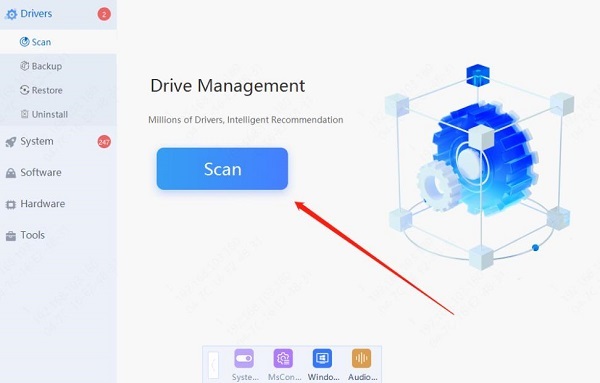
After scanning, the software will show drivers that need installation or updates. Find the graphics driver in the list and click "Update".
Once updated, it's recommended to restart the computer to ensure the new driver is properly applied.
3. Restart in Safe Mode
Hold the power button to force shutdown.
Press the power button to turn it back on, and when the Windows logo appears, immediately hold the Shift key and repeatedly press F8 (or F11, depending on your system).
If successful, you'll see the "Choose an option" screen.
Select "Troubleshoot" > "Advanced options" > "Startup Settings" > "Restart".
After restarting, the "Startup Settings" menu will appear.
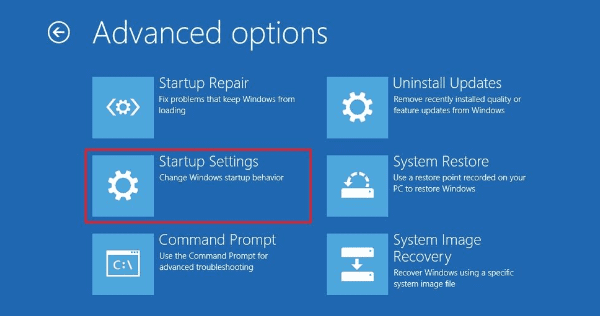
Press 4 or F4 to enter Safe Mode, or press 5 or F5 to enter Safe Mode with Networking.
In Safe Mode, you can repair the system, uninstall drivers, or update.
4. Disable Fast Startup
Press Win + R, type "control", and press Enter to open Control Panel.
Select "Hardware and Sound" > "Power Options".
Click "Choose what the power button do" on the left.
Click "Change settings that are currently unavailable".
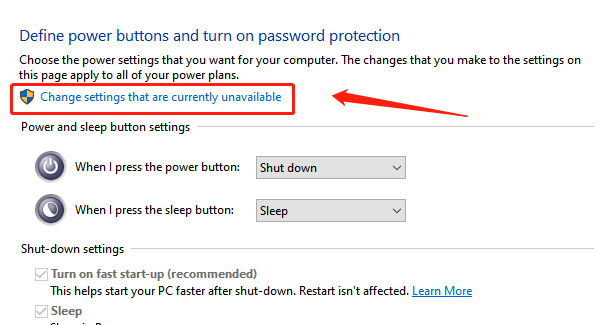
Uncheck "Turn on fast startup (recommended)".
Click "Save changes".
Restart the system and check if the black screen issue is resolved.
5. Roll Back Graphics Driver
Press Win + X and open Device Manager.
Expand the Display adapters category, right-click your graphics card, and select "Properties".
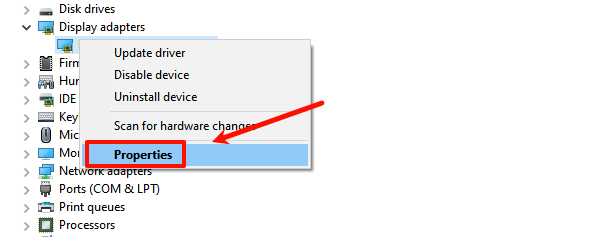
In the Driver tab, click the "Roll Back Driver" button (if available).
Follow the prompts to complete the process.
Restart the computer and check if the issue is resolved.
6. Repair Boot Files
Press Win + X and select Command Prompt (Admin).
In the Command Prompt window, type the following command and press Enter: sfc /scannow.

The system will scan and repair corrupted system files. Once completed, restart your computer.
7. Check for Windows Updates
Press Windows key + I to open the Settings window and click "Update & Security".
In the left-side menu, click "Windows Update" and then click "Check for updates".
If any updates are available, click "Download and install".
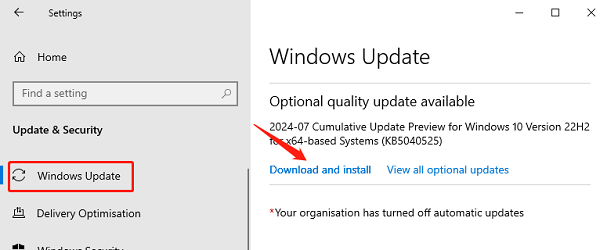
The installation process may require you to restart your computer. Follow the on-screen instructions to complete the update.
8. Perform a System Restore
In the Windows search box, type "Create a restore point", and click the result.
In the System Properties window, click the "System Protection" tab and select "System Restore".
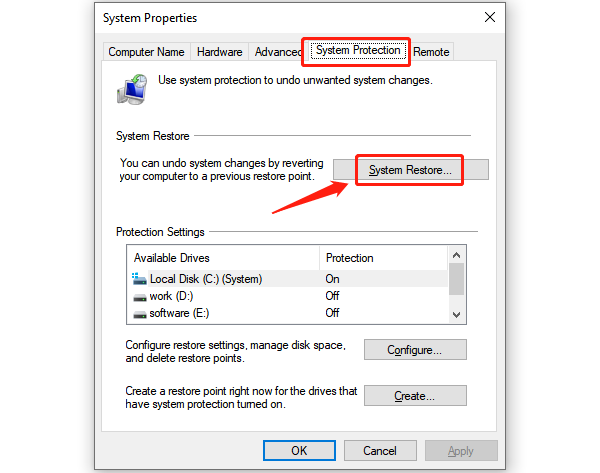
Click "Next". Choose a restore point before the update, and follow the prompts to complete the restoration process.
After the system restore, restart your computer and check if the black screen issue is resolved.
By following these steps, you can resolve black screen issues after upgrading to Windows 10. If the problem continues, contact technical support or check your hardware. Regular updates and backups can help prevent similar problems.
See also:
How to Update Sound Card Drivers on Windows 10
7 Ways to Fix GTA 5 Constant Crashing on PC